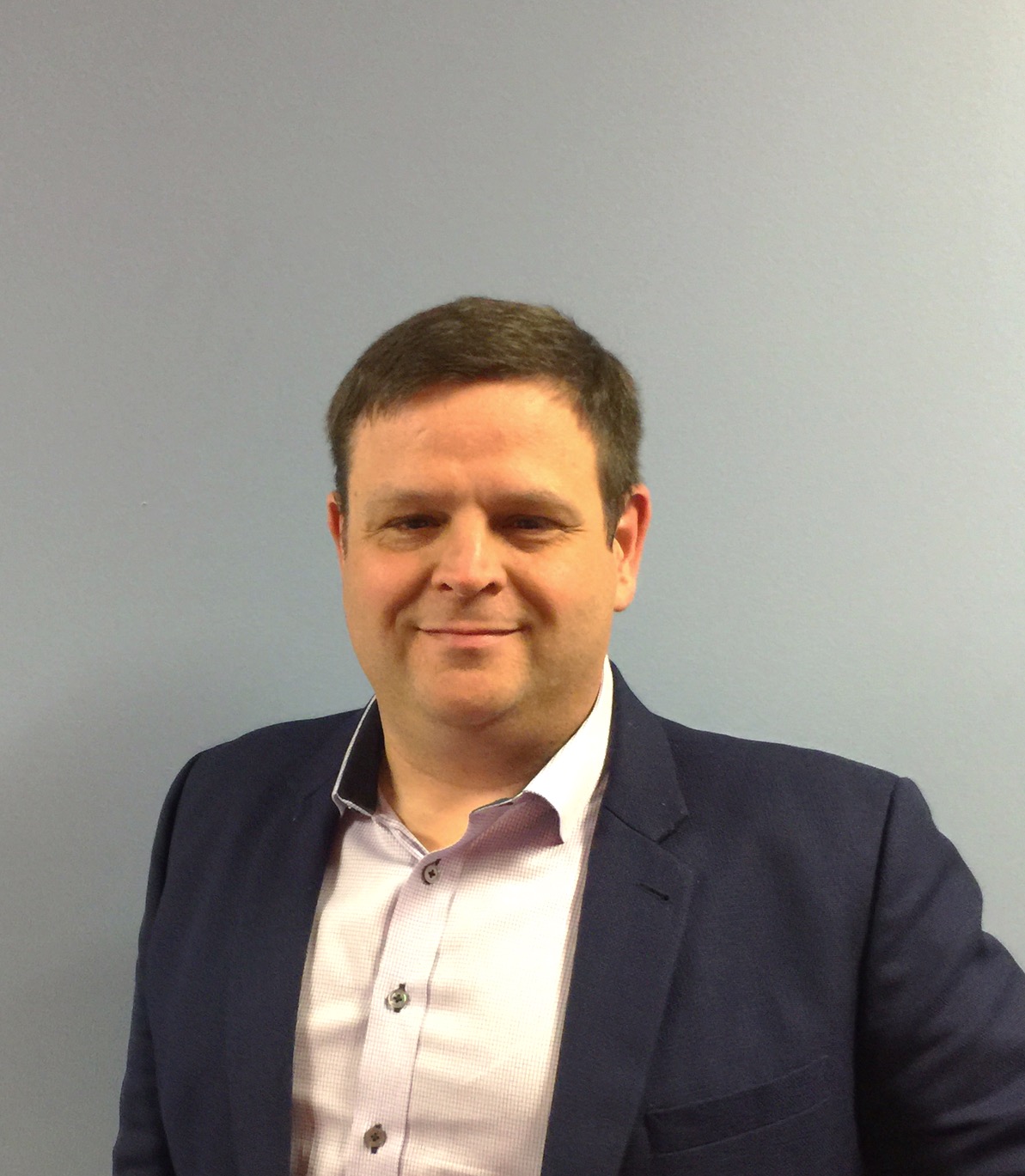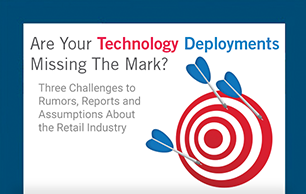 I’ve seen a lot of change over the past 30 years in loss prevention. What started off as chasing bad guys and scanning through days’ worth of video footage to find just the right 10-second clip have transformed into strategy meetings fueled by data insights and a boatload of experts from all sides of the business.
I’ve seen a lot of change over the past 30 years in loss prevention. What started off as chasing bad guys and scanning through days’ worth of video footage to find just the right 10-second clip have transformed into strategy meetings fueled by data insights and a boatload of experts from all sides of the business.
It’s a different world and everything is different – from the types of crimes, to the types of criminals, the LP team and how data is used. This type of transformation has created simultaneously a sense of excitement and consternation among LP professionals. I recently sat down with Beth Bergmann, host of the Telaid Tech Connect podcast, and we spoke at length about the direction of LP/AP in retail and the role of technology in the transformation of this vocation. I shared some of my personal experiences in working with retail LP for more than 30 years. In thinking about the future of LP/AP, I’d like to issue my LP/AP colleagues four challenges to test their mettle for evolving challenges to come.
- Change the way you look at your team – Traditional LP professionals are the best! They are intelligent, savvy and good with people. However, investigators are only a piece of the puzzle when it comes to building an effective LP team in today’s retail organization. Every day, the amount of data available to us through systems of all kinds increases. LP/AP teams have never had access to such a vast treasure trove of data. Problem is, just because we have the data doesn’t mean we can use it. I recently hired a statistician on my LP team for the first time. In the past, I’ve added legal expertise by hiring an attorney. Why? Because they bring diverse insights and completely new skill sets to the team. The statistician generates reports that deliver meaningful insights critical to our team’s understanding of the most urgent problems. The attorney brings a wealth of knowledge of the law, compliance issues and other aspects of operating in today’s complex world that are essential to crafting solutions that don’t create more problems. Don’t be afraid to diversify your team. A varied pool of insights will make you even better.
- Become a student and a listener – Unfortunately, inviting LP/AP to the table when it comes time to discuss plans for a new technology implementation can be an afterthought in many retail organizations. However, once new technologies are deployed, the losses associated with those new technologies immediately become the problem of the LP/AP team. It’s important to have a seat at the table during the planning phase to contribute insights on the potential ramifications of the new technology from a loss standpoint, and to help prepare the LP team for a defensive loss strategy. Over the years, I have found that becoming a student is the best way to be invited to the table. Make friends in IT and other departments. Drop by their office for coffee or for lunch to gain an understanding of what they are working on. Listen carefully to the business case for prioritizing this deployment. Once you build your appetite for learning and understanding other perspectives within the organization, you will naturally earn yourself a seat at the table where you can present LP’s unique and valuable perspective.
- Get more out of your data – In light of the vast volume of data available across the retail organization, the time has come to shift from “tribal knowledge” to data-driven insights. Rather than using qualitative interviews to get a feel for the state of loss at different stores or within different regions, tap analyts for reports that provide loss data across different geographies. Data is invaluable for understanding loss and tracking progress over time. Use it.
- Always work to achieve a balance – Retail sales goals and LP goals often find themselves at odds. Retailers want to create a frictionless, engaging experience for customers, whereas LP wants to secure product and transactions to reduce the possibility of theft or loss. As a result, LP is always forced to compromise in the interest of a more inviting customer experience. View this challenge as a dance and always strive to achieve a reasonable balance between security measures and the optimal, free-flowing customer experience. Apply plenty of creativity to accomplish this. For example, can you place the product in a high visibility area to deter theft rather than putting it under lock and key? Can you deter shoplifters with friendly, engaging employees who enhance the customer experience while providing casual surveillance?
Working in LP is as exciting and engaging as ever. The rising complexity can feel daunting at times, but it’s nothing new to LP teams, always facing the next challenge. I hope you embrace new capabilities and strategies for effective LP/AP as we engage in the emerging, digital world.




